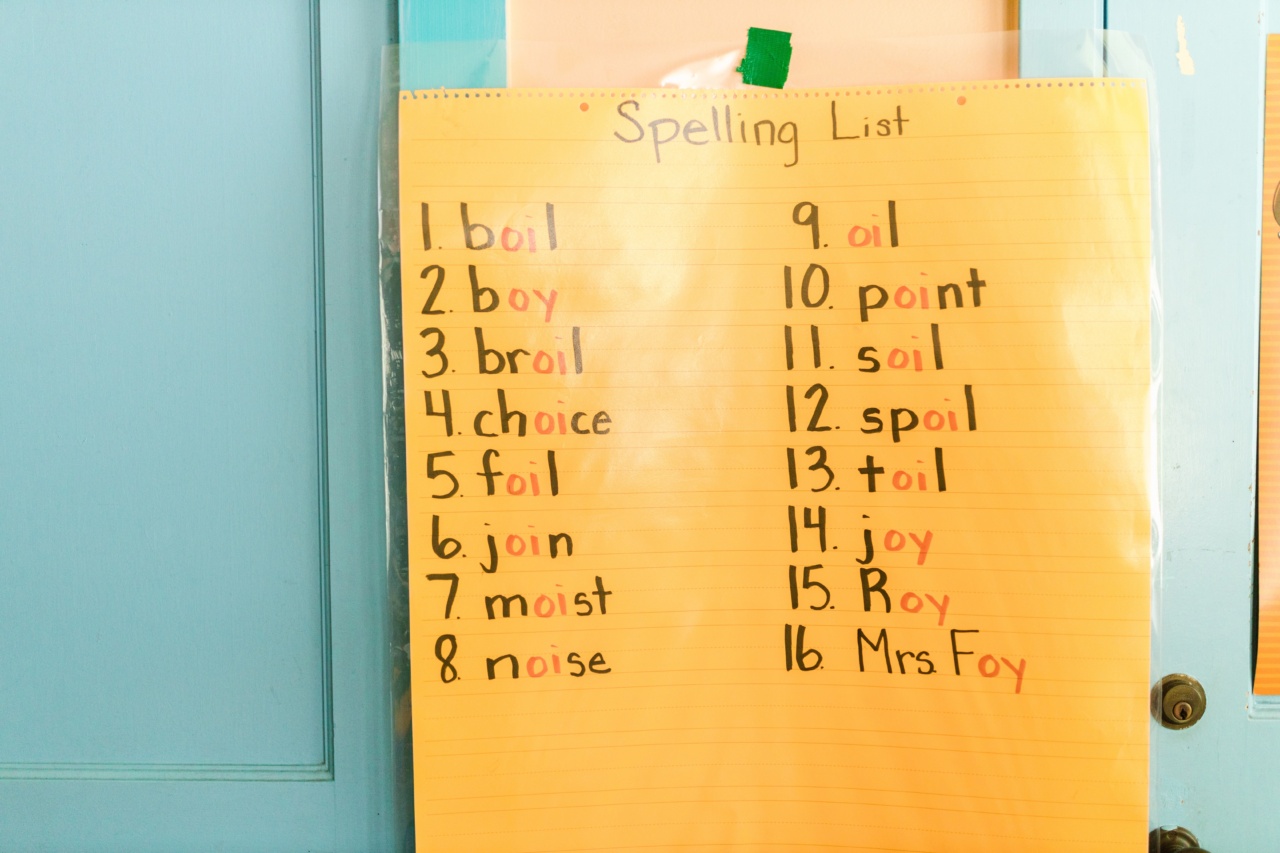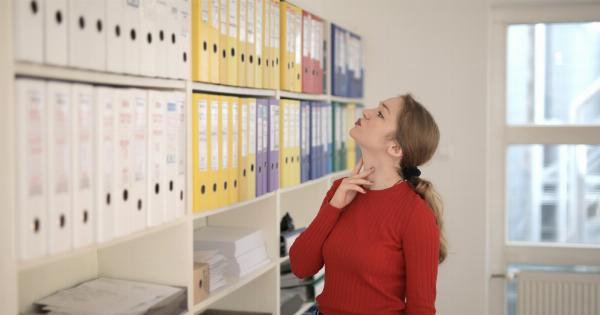The back-to-school season is a time of excitement and new beginnings. However, it is also a time when students are at a higher risk of getting sick due to the increased exposure to germs and viruses in crowded environments like schools.
It is essential to take necessary measures to prevent the spread of viruses and protect both students and staff from getting sick. In this guide, we will discuss some effective ways to fight flushing viruses during the back-to-school season.
1. Staying Home When Sick
One of the most effective ways to prevent the spread of viruses in schools is to stay home when sick.
If you or your child experiences flu-like symptoms such as fever, cough, sore throat, body aches, or fatigue, it is crucial to stay home and get rest until the symptoms subside. Returning to school too soon can not only prolong the illness but also put others at risk of getting sick.
2. Washing Hands Frequently
Washing hands frequently is one of the most basic but effective ways to prevent the spread of viruses. Germs can spread from person to person through touch, and hands are the most common carriers of germs.
Students and staff should wash their hands frequently with soap and warm water for at least 20 seconds, especially before eating and after using the restroom.
3. Using Hand Sanitizer
In situations where washing hands is not possible, using hand sanitizer can be a convenient and effective alternative. Hand sanitizer containing at least 60% alcohol can kill most types of germs and viruses on the hands.
However, it is essential to remind students and staff that hand sanitizer should not replace hand washing as it may not be effective against all types of germs or for hands that are visibly dirty.
4. Covering Mouth and Nose When Sneezing or Coughing
Viruses such as the flu can spread through droplets when infected individuals sneeze or cough. Covering the mouth and nose with a tissue or the inside of the elbow when sneezing or coughing can prevent the spread of the virus to others.
It is essential to dispose of used tissues properly and wash hands afterwards.
5. Avoiding Touching the Face
The face is another common carrier of germs, as well as the entry point for many viruses. Avoiding touching the face, especially eyes, nose, and mouth, can reduce the risk of getting infected.
It is essential to remind students and staff to avoid touching their faces and to wash hands before and after doing so when necessary.
6. Ventilating Indoor Spaces
Proper ventilation can lower the risk of airborne virus transmission by reducing the concentration of virus-containing particles in the air.
Schools can improve indoor air quality by opening windows or doors to increase fresh air circulation and using mechanical ventilation systems, especially in areas where many people gather, such as classrooms and cafeterias.
7. Cleaning and Disinfecting High-Touch Surfaces
High-touch surfaces such as doorknobs, desks, and shared equipment can harbor germs and viruses and contribute to their spread. Schools should establish a routine cleaning and disinfecting plan for these surfaces to reduce the risk of infection.
Cleaning refers to the removal of dirt and debris, while disinfecting involves using chemicals that can kill viruses and other pathogens.
8. Getting Vaccinated
Getting vaccinated is another effective way to prevent the spread of viruses and protect individuals from getting sick. Vaccines can strengthen the immune system and reduce the risk of infection.
Influenza vaccines, for example, are recommended for everyone ages six months and older, especially those who are at a higher risk of developing complications from the flu.
9. Practicing Physical Distancing
Physical distancing, or staying at least six feet away from others, can reduce the risk of virus transmission through droplets when infected individuals talk, cough, or sneeze.
Schools can implement measures such as desks spaced apart, rearranged furniture, and marked paths to ensure physical distancing. It is essential to remind students and staff to follow physical distancing guidelines and avoid crowding in enclosed spaces.
10. Monitoring Symptoms and Reporting Cases
Finally, monitoring symptoms and reporting cases can help identify potential outbreaks and prevent the spread of viruses in schools.
Students and staff should be encouraged to self-monitor for flu-like symptoms and report them to a school nurse or health official. Schools should have a clear protocol for monitoring and reporting cases, as well as a plan for isolating and treating infected individuals.
Conclusion
The back-to-school season can be a challenging time for fighting flushing viruses due to the increased exposure to germs and viruses in crowded environments like schools.
However, by implementing the strategies outlined in this guide, schools can reduce the risk of infection and protect students and staff from getting sick. Staying home when sick, washing hands frequently, covering the mouth and nose when sneezing or coughing, and disinfecting high-touch surfaces are just some of the ways to prevent the spread of viruses.
By working together and following these guidelines, we can ensure a safe and healthy back-to-school season for everyone.






























